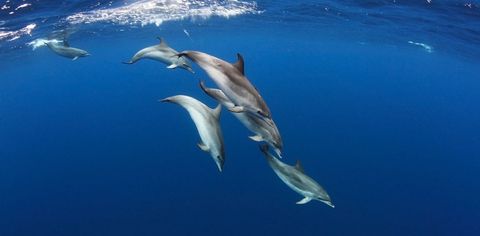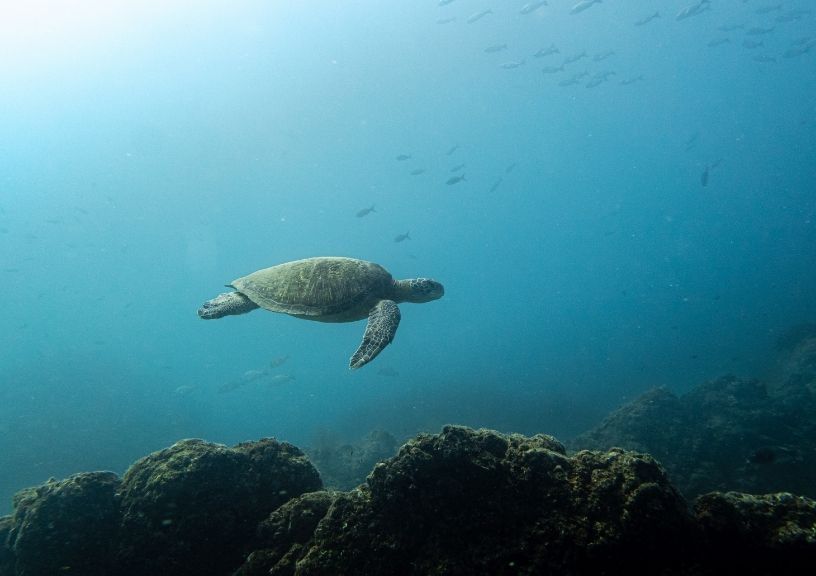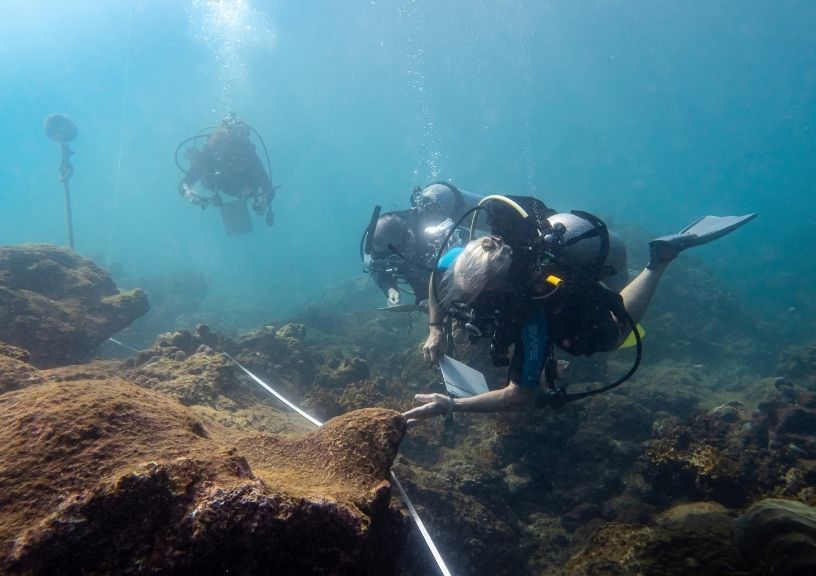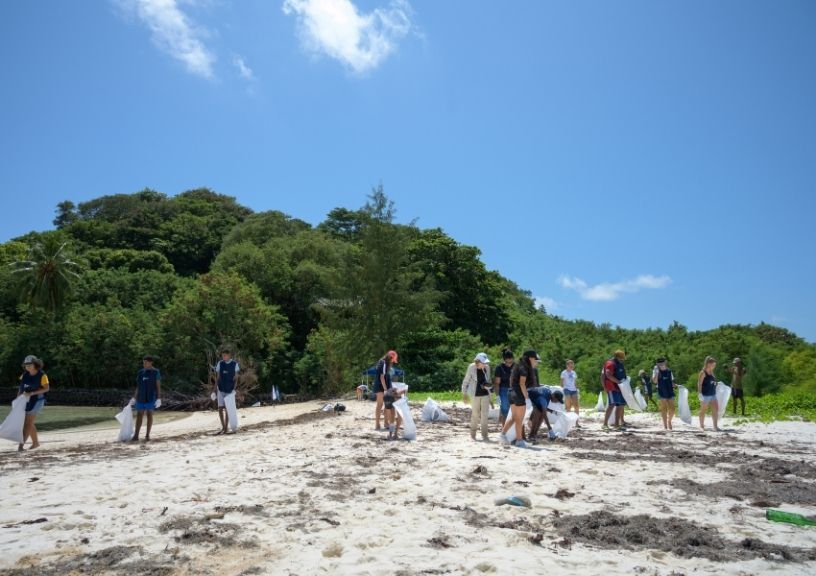
With an aim to conserve oceans, Rolex’s Perpetual Planet initiative has joined forces with key individuals and organisations to find solutions to looming environmental challenges. Here’s all that we know about it. By Bayar Jain
At Rolex, ‘perpetual’ is more than a word on the dial; it’s also a vision to create a better world and charge towards sustainability. Rolled out in 2019, the luxury watch designer’s Perpetual Planet initiative encompasses this vision wherein Mission Blue in particular helps find solutions to protect oceans.
Beginnings
From the 1930s, Hans Wilsdorf, founder of Rolex, began using the world as a testing ground. He sent his Oyster Perpetual watches to extreme locations while simultaneously supporting explorers who ventured into the unknown. Today, this thirst for exploration has paved the way to preserve the natural world. Encompassing Wilsdorf’s vision to seek excellence and create a better world, the Perpetual Planet initiative was launched in 2019. By helping to create a sustainable planet—a Perpetual Planet—Rolex is hoping to continue Wilsdorf’s legacy.
The Perpetual Planet initiative

For this initiative, Rolex has partnered with key individuals and organisations to collectively find solutions to deal with environmental challenges. Currently, the initiative works in tandem with Sylvia Earle’s Mission Blue, to preserve the oceans through a network of marine-protected ‘Hope Spots’; National Geographic Society, to study the impacts of climate change; and The Rolex Awards for Enterprise. Since the last 45 years, the awards have been supporting exceptional individuals with innovative projects that improve knowledge of the world.
Mission Blue

A partner in Rolex’s Perpetual Planet initiative, Mission Blue is helping the former in its inspirational endeavour to explore, restore, revive and guard the world’s oceans. It all started when Sylvia Earle, legendary marine explorer and a Rolex Testimonee since 1982, kickstarted this mission in 2009 after winning a TED prize for her “vision to spark global change”. Today, Mission Blue aims to create a global network of Marine Protected Areas (MPAs) called Hope Spots.
Hope Spots are those ecologically important areas of the ocean that are considered vital to preserve species or places. Since 2014, Rolex has catapulted the number of hope spots from 50 to 130. More recently in July 2021, Rolex Perpetual Planet partner Mission Blue announced a new Hope Spot in the Azores in Portugal where it was decided to protect the marine species of the region, including whales and porpoises.

In December the same year, a similar initiative was kickstarted in Costa Rica. Currently, the marine wildlife of the region faces deadly hazards, ranging from plastic pollution, agricultural effluent and entanglement in ghost nets and long lines from industrial fishing. With the ocean conservation initiative, humpback whales and other ocean giants will soon be able to breed peacefully in the warm seas off Costa Rica’s Osa Peninsula.
By 2030, Mission Blue aims to protect 30 per cent of the oceans—a goal in sync with the International Union for Conservation of Nature (IUCN)’s targets too. With the support of Rolex, Mission Blue is trying to ensure that marine ecosystems are not lost to future generations.
Beyond the Ocean

For Rolex, conservation extends beyond working in the waters. Offshore education is just as vital. That’s why the watchmakers released a documentary called Perpetual Planet: Heroes of the Oceans on its website. The documentary brings together legendary oceanographer and Rolex Testimonee Sylvia Earle with a cast of six pioneering marine scientists (five of whom are Rolex Award Laureates), to tell the story of work being undertaken across the planet to protect the oceans’ fragile ecosystems.
Commitment to Conservation

Rolex is also helping protect oceans through a variety of partnerships and grants. These include individuals such as Rolex Laureates Barbara Block, Emma Camp, Vreni Haussermann and Brad Norman, as well as global networks of marine scientists such as Our World-Underwater Scholarship Society®.
They have also partnered with the Monaco Blue Initiative that brings together experts, policymakers and business entrepreneurs along with local and international NGOs, to discuss and highlight solutions to current and future challenges of ocean management and conservation.
Additionally, they also support individual expeditions such as Deepsea Under The Pole by Rolex in 2010, and Under The Pole III in 2017. The team is exploring oceans to improve understanding of climate equilibrium, bio-fluorescence, and the mesophytic coral ecosystems that exist between 30 and 150 metres, in addition to underwater exploration techniques.
Related: All You Should Know About The Disappearing Manta Rays In Maldives










